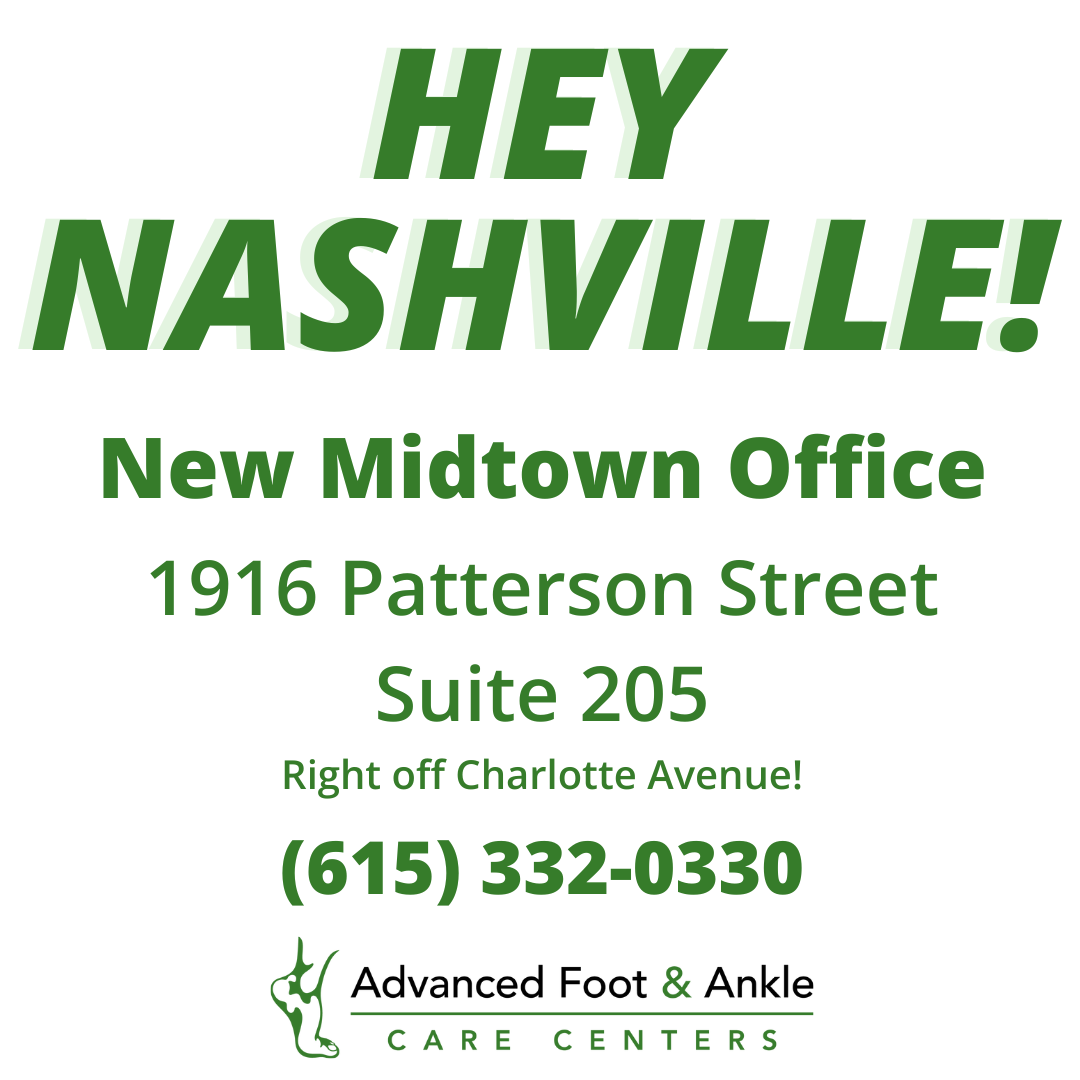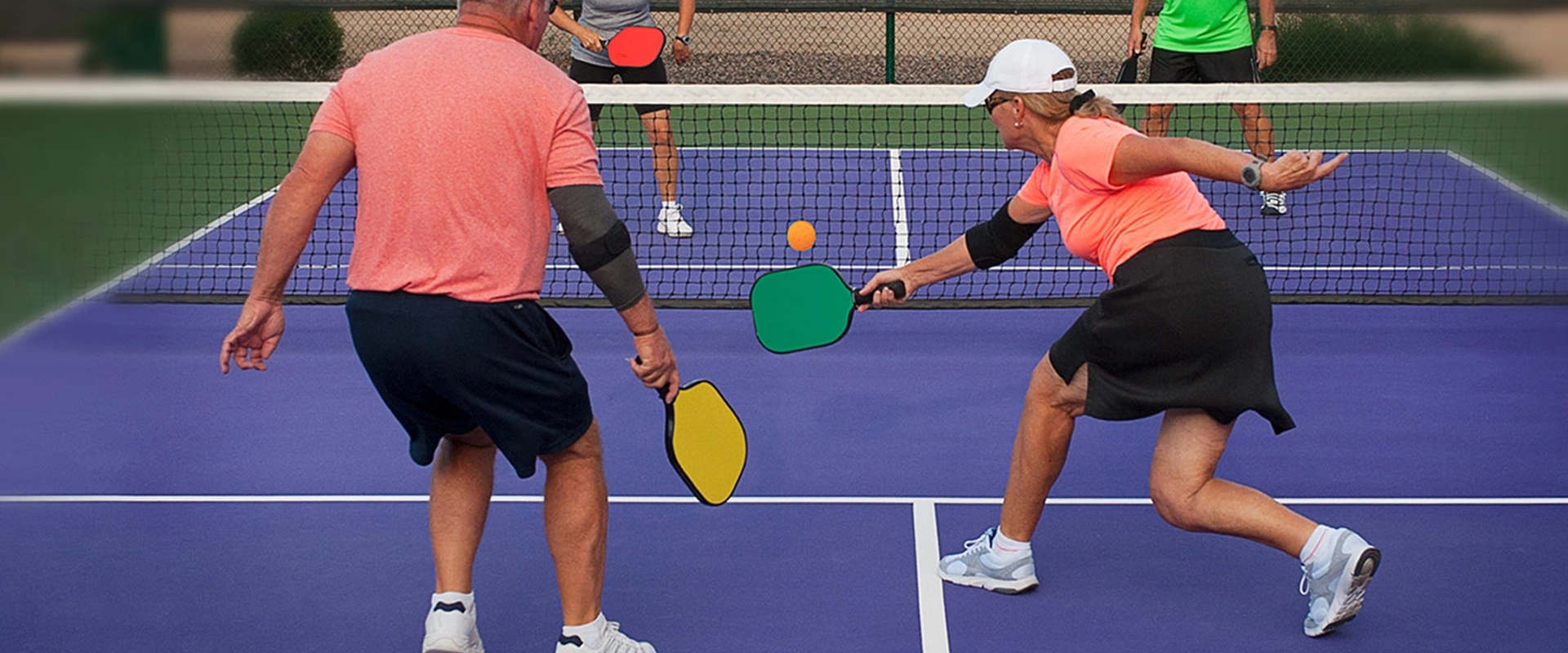
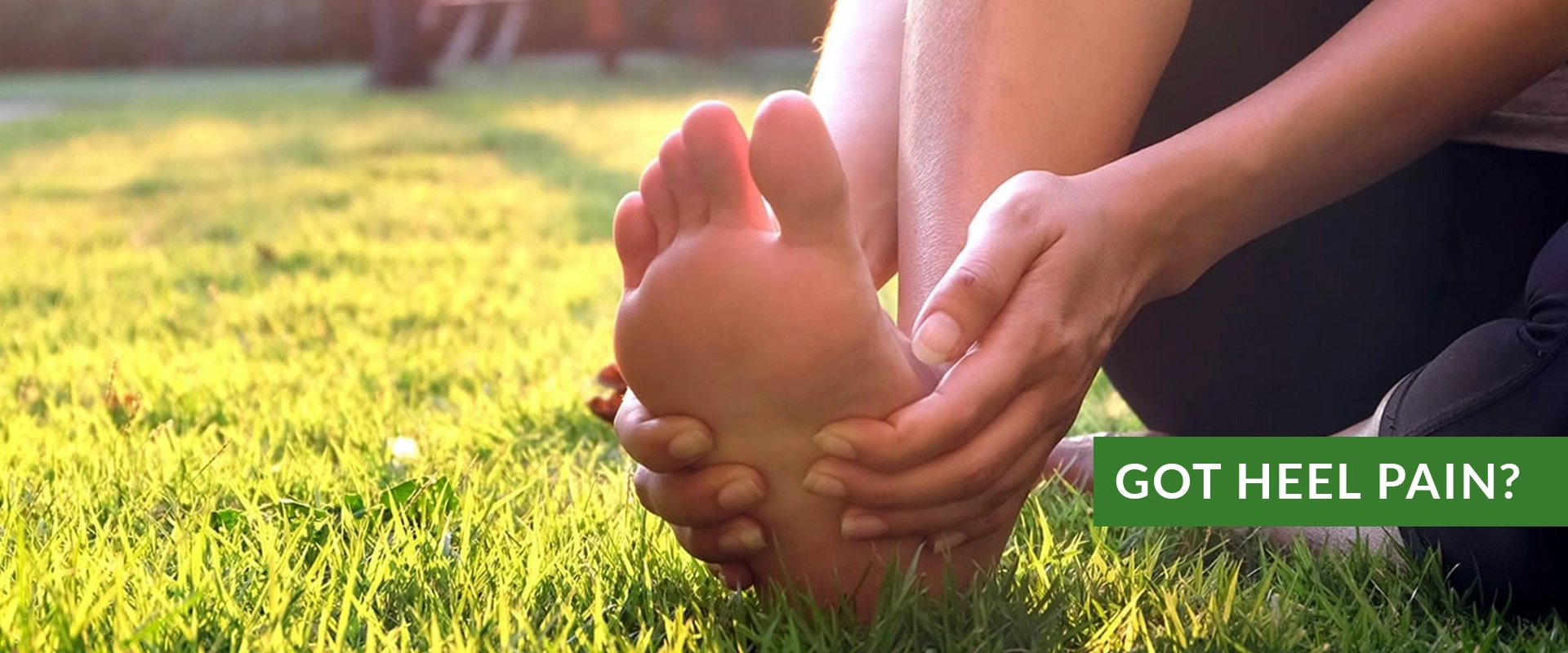
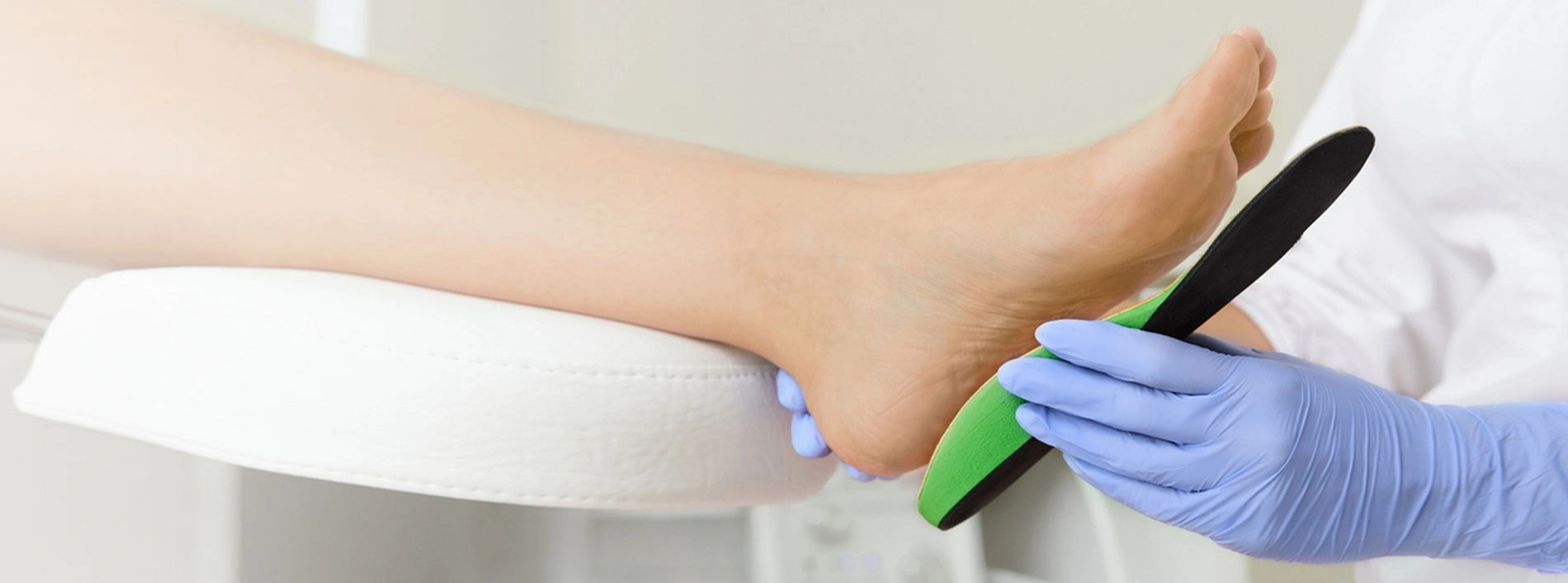

slide-02.jpg
slide-03.jpg
slide-00-custom-orthotics.jpg
slide-01.jpg
WE PROVIDE FOOT CARE FOR THE WHOLE FAMILY
Welcome to Advanced Foot & Ankle, where our team of highly skilled and board-certified podiatrists is dedicated to providing specialized care for your foot and ankle needs. Whether you require conservative treatments or surgical interventions, we go beyond treating symptoms to ensure your complete recovery and a swift return to your regular activities.
During your initial visit, we provide a clinical evaluation of your condition in an effort to make a precise diagnosis, enabling us to devise a tailored treatment plan that addresses your specific needs. With our extensive experience and expertise, we proudly serve the community of Middle Tennessee by offering a range of podiatric services.
At Advanced Foot & Ankle, we specialize in various areas, including skin grafts, diabetic wound care, limb salvage, vascular testing, and surgeries. We understand the unique challenges associated with these conditions, and our team is equipped with the knowledge and skills to provide you with the highest quality care available.
As a patient, your well-being is our top priority. Trust our compassionate team to provide you with the highest standard of podiatric care, helping you regain mobility and enjoy a pain-free life. Schedule your appointment with us today by calling (615) 332-0330 and take the first step towards healthier feet. We proudly serve the communities of Nashville, Midtown, Smyrna, Spring Hill, Columbia, Dickson, Fairview, and Hohenwald.

Orthotics, unlike typical shoe inserts, are prescribed by a podiatrist to help provide your feet with cushion and support. They can also aid in correcting a specific foot condition that you may be dealing with. Conditions such as diabetes, plantar fasciitis, bursitis, arthritis, and flat feet can highly benefit from the use of orthotics, and orthotics may assist you in alleviating pain that often comes with those ailments.
Orthotics can come in many different shapes and sizes and can be made from different types of materials. The purpose of a custom orthotic is for it to match your specific needs. Some orthotics may be rigid or functional, while others are soft and accommodative. Rigid orthotics are made to help ease foot aches and strains, and they’re made from harder materials like plastic or carbon fiber. Soft orthotics serve to take the pressure off of uncomfortable areas of the feet, such as sores or foot ulcers. This type of orthotic is typically made from soft, compression materials.
Custom orthotics are made to mold to your feet and should fit your shoes perfectly. If you feel like the orthotic isn’t fitted properly, it’s extremely important you let your podiatrist know right away so they can assist in getting you as comfortable as possible.
In order to ensure your orthotic is doing its job, it’s recommended that you keep a healthy line of communication with your podiatrist and visit at their requested schedule. Doing this will keep track of gradual improvement and will allow you to discuss any possible adjustments needed. If you feel orthotics are a treatment option for you, we recommend you meet with a podiatrist for a proper diagnosis and to discuss how to improve your foot health.
Advanced Foot & Ankle Care Centers are available to treat foot and ankle ailments such as diabetic foot care, ingrown toenails, fungal toenails, warts and painful calluses. Our practice specializes in general foot care.
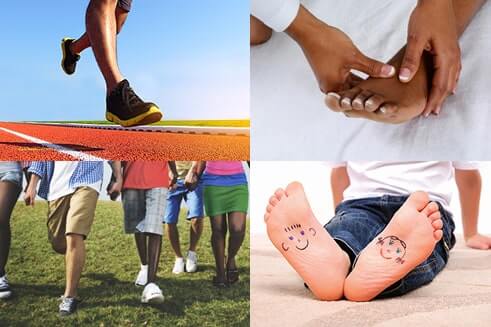
Ankle Sprains
Ankle sprains are very common injuries with more than 3 million suffered each year in the US. They occur when the ligaments in the ankle are severely stretched or torn. Medical attention will be necessary to rule out a fracture, as often it is difficult to tell the full extent of the injury.
Bunions
A bunion is a bone deformity usually occurring at the base of the big toe. This is a progressive condition that is made worse by inward pressure from tight shoes. Bunions can be very painful, and in some instances surgery may be necessary to remove them.
Flat Feet
Flat feet is a condition where the entire, or nearly entire, bottom of the foot meets the ground when standing. Depending on the severity, symptoms of flat feet can range from severe pain to non-existent.
Hammertoes
Hammertoe is a characterized by one or more of the toes having a bend in the middle joint. This occurs because of weakening of the muscle due to poorly fitted shoes or a genetically inherited trait.
Diabetes and Your Feet
Diabetes is a systemic illness that can affect many different parts of the body. This is especially true for the feet. Proper foot screening is incredibly important for diabetic patients and any kind of cut or sore should be taken very seriously.
Heel Spurs
A heel spur is a bony protrusion that occurs on the heel. It is often confused with plantar fasciitis, which is inflammation of the plantar fascia ligament. When a heel spur is painful it can make it quite difficult to walk.
Corns
Corns and calluses are hard layers of skin that usually form due to friction. Generally, they will be in areas of the foot that are bearing weight, or areas that frequently rub against the shoe. Soft corns are typically found between the toes.
Athlete's Foot
Athlete’s foot is a very common fungal infection that affects countless people around the world. It will manifest itself on the skin of the foot, in many cases in between the toes. Because fungi proliferate in warm, damp environments, keeping the feet clean and dry is of utmost importance in avoiding athlete’s foot.
Summary: Final Rule Implementing Section 1557 of the Affordable Care Act
The Department of Health and Human Services (HHS) issued the Final Rule implementing the prohibition of discrimination under Section 1557 of the Affordable Care Act (ACA) of 2010. The Final Rule, Nondiscrimination in Health Programs and Activities, will help to advance equity and reduce health disparities by protecting some of the populations that have been most vulnerable to discrimination in the health care context. The final rule explains consumers’ rights under the law and provides covered entities important guidance about their obligations.
Section 1557 prohibits discrimination based on race, color, national origin, sex, age or disability in certain health programs and activities.
Section 1557 builds on long-standing and familiar Federal civil rights laws: Title VI of the Civil Rights Act of 1964 (Title VI), Title IX of the Education Amendments of 1972 (Title IX), Section 504 of the Rehabilitation Act of 1973 (Section 504), and the Age Discrimination Act of 1975 (Age Act). Most notably, Section 1557 is the first Federal civil rights law to prohibit discrimination on the basis of sex in all health programs and activities receiving Federal financial assistance.
Section 1557 has been in effect since enactment of the ACA in 2010 and the HHS Office for Civil Rights (OCR) has been enforcing the provision since it was enacted.
Coverage of the Rule
The rule covers:
− Any health program or activity, any part of which receives funding from HHS (such as hospitals that accept Medicare or doctors who accept Medicaid);
− Any health program that HHS itself administers;
− Health Insurance Marketplaces and issuers that participate in those Marketplaces.
Attention: If you speak any of the listed below languages – language assistance services, free of charge, are available to you.
Please call: State Health Insurance Assistance Program Language Line 800-792-8820
| | |
| 1 | Spanish |
| 2 | Chinese |
| 3 | Korean |
| 4 | Portuguese |
| 5 | Gujarati |
| 6 | Polish |
| 7 | Italian |
| 8 | Arabic |
| 9 | Tagalog |
| 10 | Russian |
| 11 | French Creole |
| 12 | Hindi |
| 13 | Vietnamese |
| 14 | French |
| 15 | Urdu |
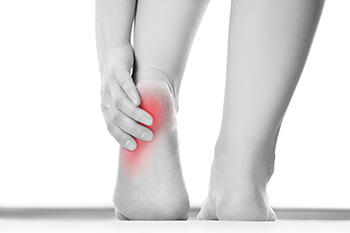
Heel pain, while quite common, can be extremely uncomfortable and painful if not met with proper care or treatment. Heel pain may occur if you injure or overuse the heel. If left uncared for, the affected area may worsen, limiting your mobility and making it difficult to perform everyday activities, such as walking.
There are many different causes of heel pain, including strains or sprains, tarsal tunnel syndrome, stress fractures, achilles tendonitis, and heel bursitis. One of the most common causes of heel pain for children and teenagers specifically is Sever’s disease. Sever’s disease can develop due to overuse or repetitive microtrauma of the heel bone's growth plates. This condition is often seen among those who are active in sporting activities.
Other causes of heel pain may include issues with poor circulation, poor posture when walking or running, a soft tissue mass, and a rupture of the achilles tendon. To help ease the discomfort of heel pain, it’s advised that you get plenty of rest, apply ice to the affected area, and wear shoes that fit properly. In some more serious cases, a podiatrist might recommend the use of custom orthotics or shoe inserts for extra support.
There are various options your podiatrist may suggest for heel pain. Treatment options for heel pain typically include non-steroidal anti-inflammatory drugs (NSAIDS), which may reduce swelling and pain. Other options are physical therapy, athletic taping, and orthotics. In severe cases of heel pain, surgery may be required.
If you’re experiencing heel pain, we recommend you consult with a podiatrist as soon as possible for a proper diagnosis and treatment plan.
Click below to read what our satisfied patients are saying about our practice.
Read More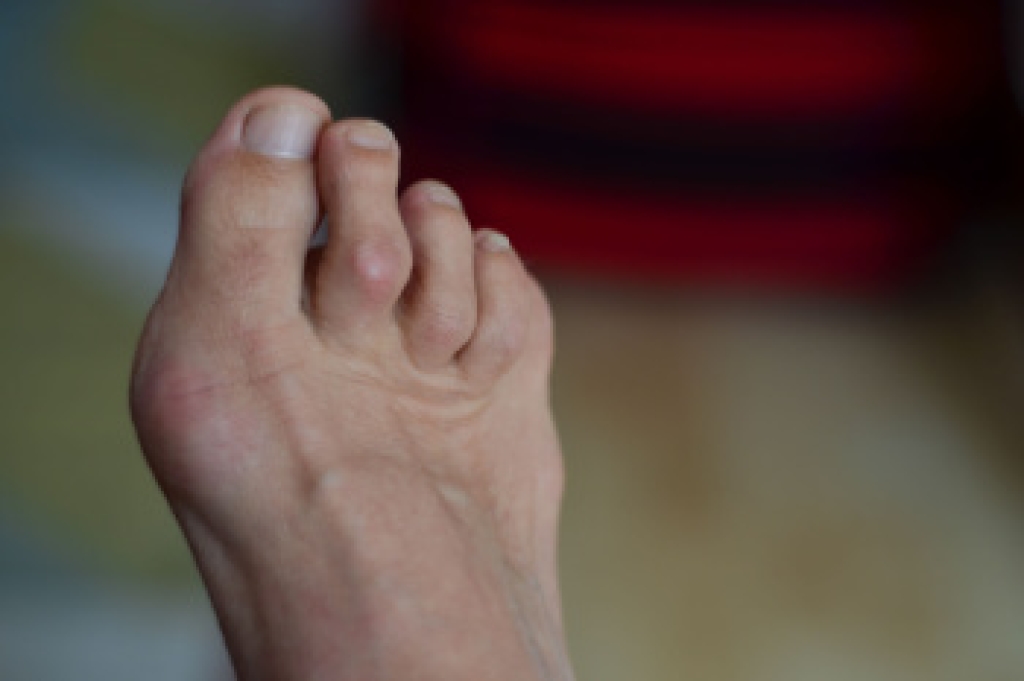 What Causes Hammertoe?
What Causes Hammertoe?  Stretching the Feet to Prevent Arch Pain
Stretching the Feet to Prevent Arch Pain 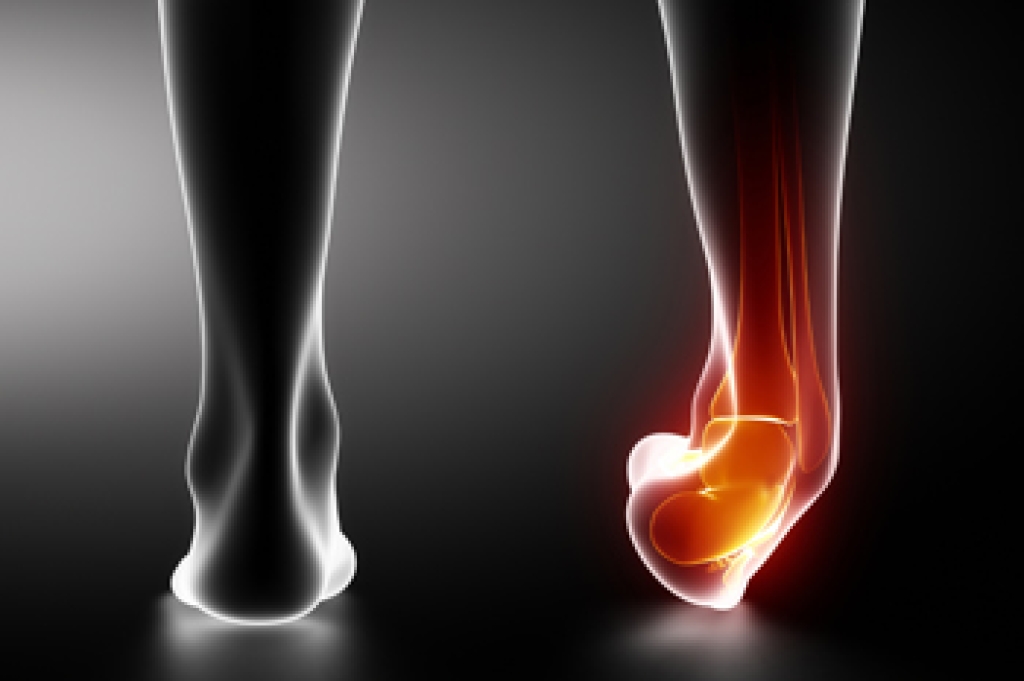 Healing a Broken Ankle Starts With Walking Sooner
Healing a Broken Ankle Starts With Walking Sooner Nashville Foot &
Ankle Center
Smyrna Foot &
Ankle Center
Spring Hill Foot &
Ankle Center
Columbia Foot &
Ankle Center
Dickson Foot &
Ankle Center
Fairview Foot &
Ankle Center
Hohenwald Foot &
Ankle Center
Midtown Foot &
Ankle Center

